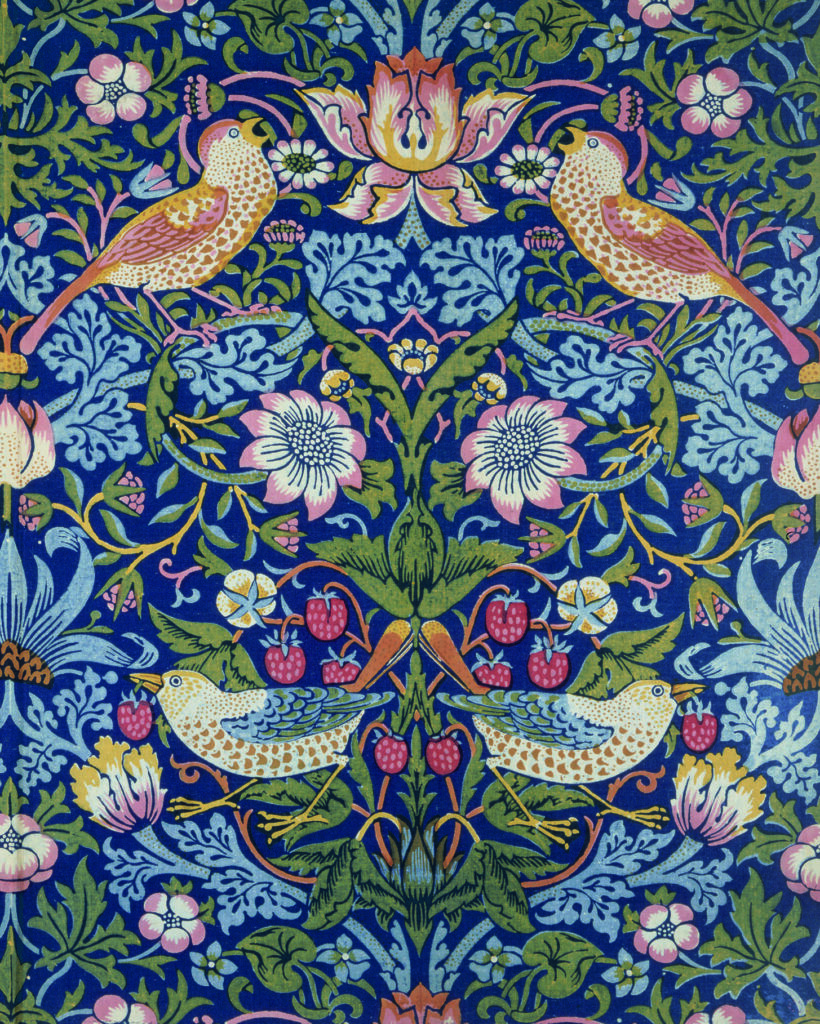
It is hard to conceive of the level of accomplishments and breadth of visionary work achieved by William Morris (1834-1896), the brilliant Victorian man who created the foundation of modern design long before there was even a name for it. Morris was such a significant force, his work is still being emulated, and his influence is still seen today in design and architecture. His seminal quotes, in fact, continue to be used by many as the foundation of their oeuvre. The Red House in Bexleyheath, United Kingdom, which he built in 1859 in celebration of his marriage, is still considered the most influential residential house in history, and his philosophy is alive, even if design has evolved far from the vocabulary and aesthetics he promoted. Morris has been considered the hero of modern design since its inception, first acknowledged as such in Nikolaus Pevsner’ seminal book Pioneers of Modern Design in the 30s. Morris should be an inspiration to every artist, designer, and architect who wishes to learn how to think about art and architecture. He is a legend, and without knowing his work, it is impossible to fully understand design.
Now, in celebrating the 125th anniversary of Morris’s death, a new, comprehensive and beautifully illustrated volume has just been published by Thames and Hudson. Edited by Anna Mason, former curator and manager of the William Morris Gallery, it is the ultimate authority on the outstanding man whose first biography was published just a year after his death. He was to the 19th century what Frank Gehry was to the 20th. Morris may have worked during the 19th century, but he was clearly envisioning the century to come.
The book features chapters by world renowned experts, focusing on Morris’s multifaceted career: painting, church decoration and stained glass, interior decoration, furniture, tiles and tableware, wallpaper, textiles, calligraphy and publishing. What is so extraordinary about him is that he was as accomplished a designer as he was a writer, political activist, and businessman. While his ideas were ahead of their time and were therefore not fully appreciated by his contemporaries, soon after his death, just before the turn of the 20th century, they began flourishing, and never really went out of vogue.
What was groundbreaking and important in William Morris’s legacy, and what was his contribution to modern culture? He was the first to suggest that design and interiors have an emotional, psychological impact; that they have moral and political connotations; he used the contemporary call against industrialized manufacturing process—initiated by John Ruskin—to develop a program advocating a return to craftsmanship; and the industrialists who took advantage of the worker were not the only ones to be blamed, but also those consumers who lived with these products. He advocated city-dwellers to leave their cramped, urban apartments and move to the countryside. Only rural life, he said, can lead to happy, fulfilled, and healthy lifestyle. He found ostentatious Victorian homes ugly, amoral, and degenerate, believing that refinement could be found in simplicity. He felt that his greatest achievement was founding the Society for the Protection of Ancient Buildings.
In the excellent introduction to the new volume, Mason tells the unlikely story of the son of a wealthy middle-class Victorian family who lived a privileged life, and while at Oxford decided to study architecture. The discovery of Medieval architecture had come to change the path of his life and he embarked on a quest for the chivalric values of medieval times. He developed a friendship with the Pre-Rapahelite brotherhood, and particularly with Edward Burne-Jones, who became his lifelong friend and collaborator. He went on to marry Jane Burden, a woman from a working-class background, contrary to Victorian societal norms. He then built the Red House, promoted radical ideology; founded his company, and was instrumental in the foundation of socialism in late Victorian England. When you want to take a break from reading, you can look at the best reproduced images of Morris I have seen and enjoy his iconic milestones. Read the book, and delve into the world of the man who was so refreshingly naïve that he believed that he could eradicate the evil of the industrialized world with beauty and goodness. The jacket is illustrated with Morris’s iconic St James’s wallpaper from the collection of the Victoria and Albert Museum. It concludes with a chronology of his life from his birth in Essex until his death at 62 in his family house, Kelmscott in Hammersmith. William Morris was a true romanticist who brilliantly interweaved the artistic with the intellectual. This book is the celebration of a dreamer.
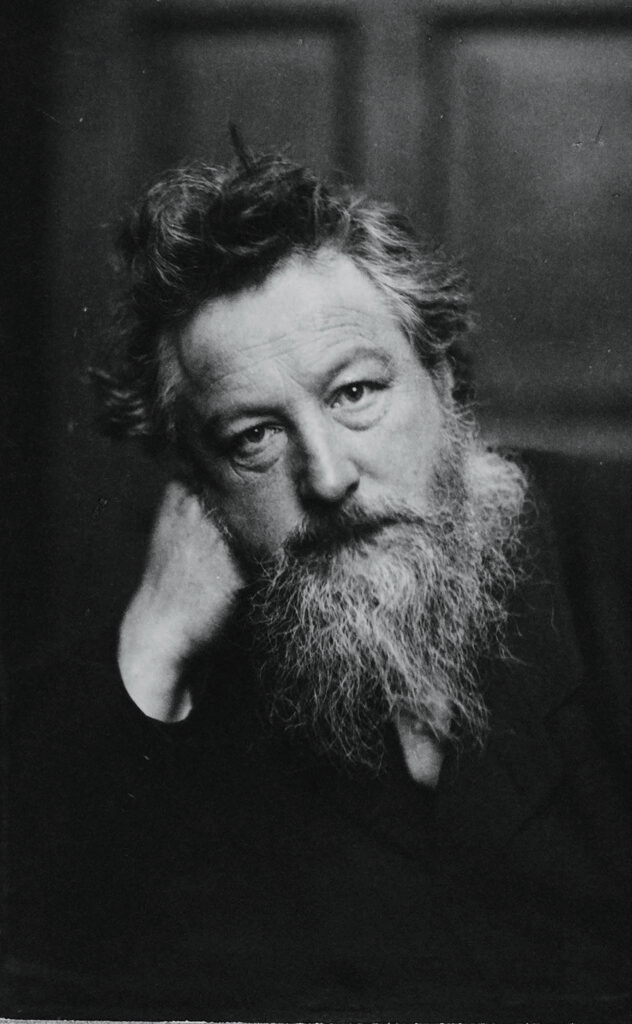
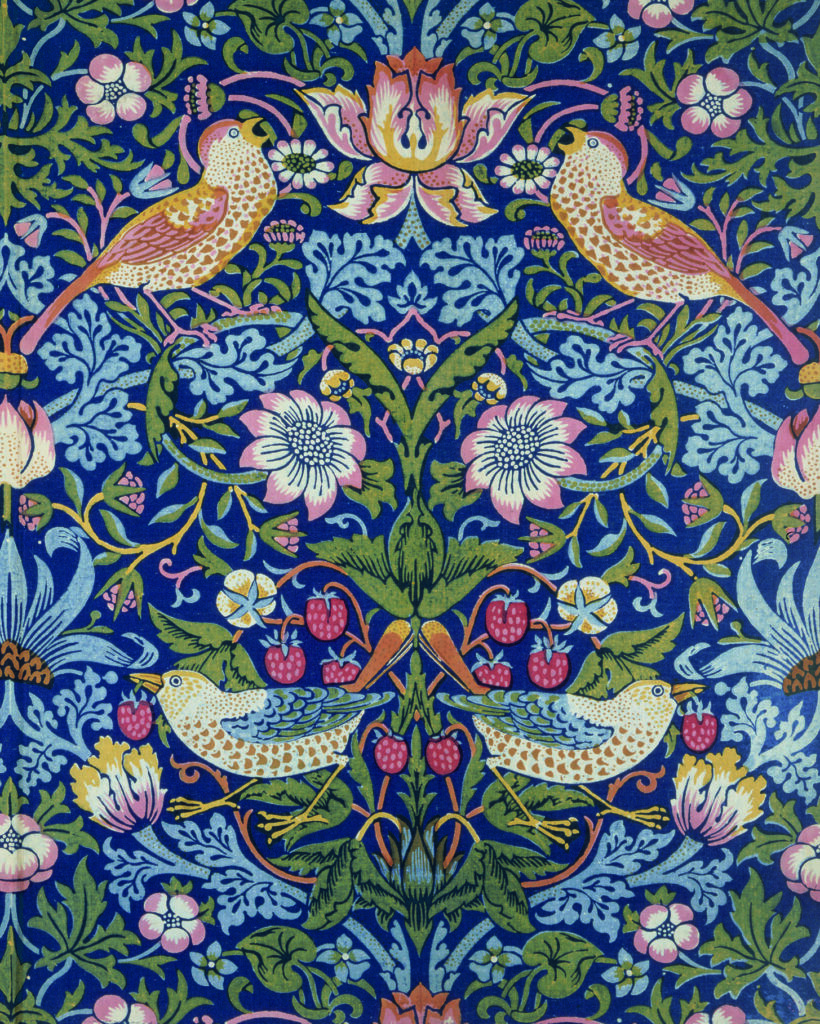
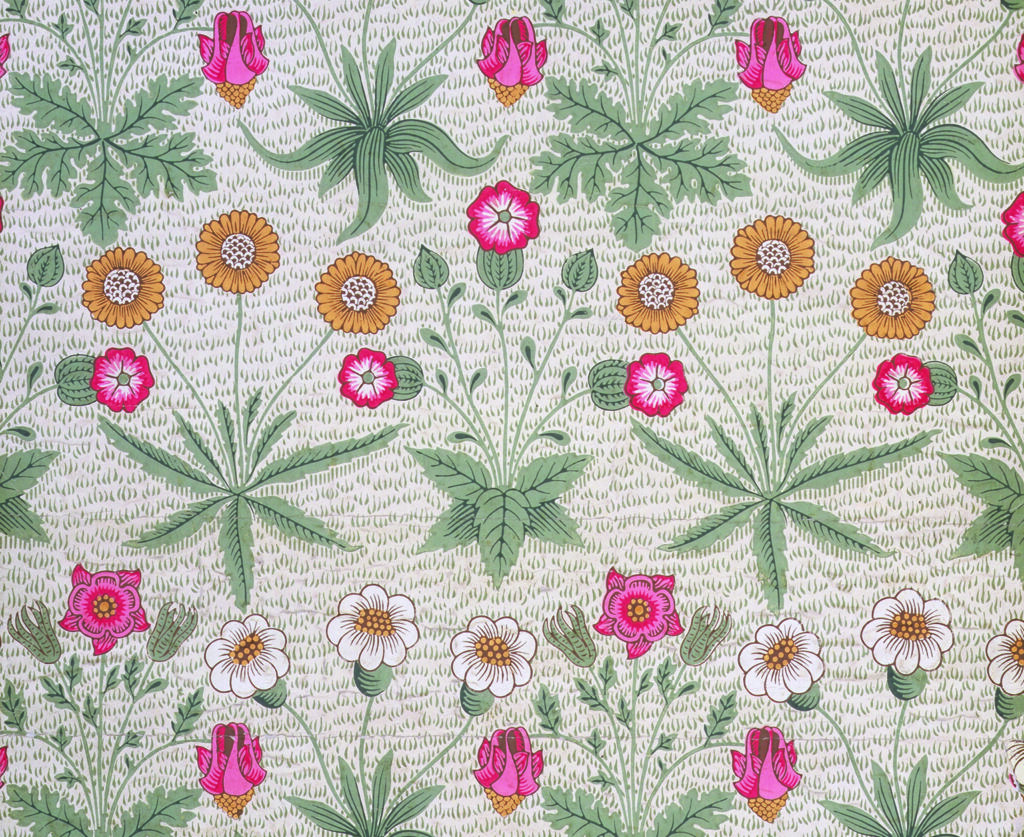
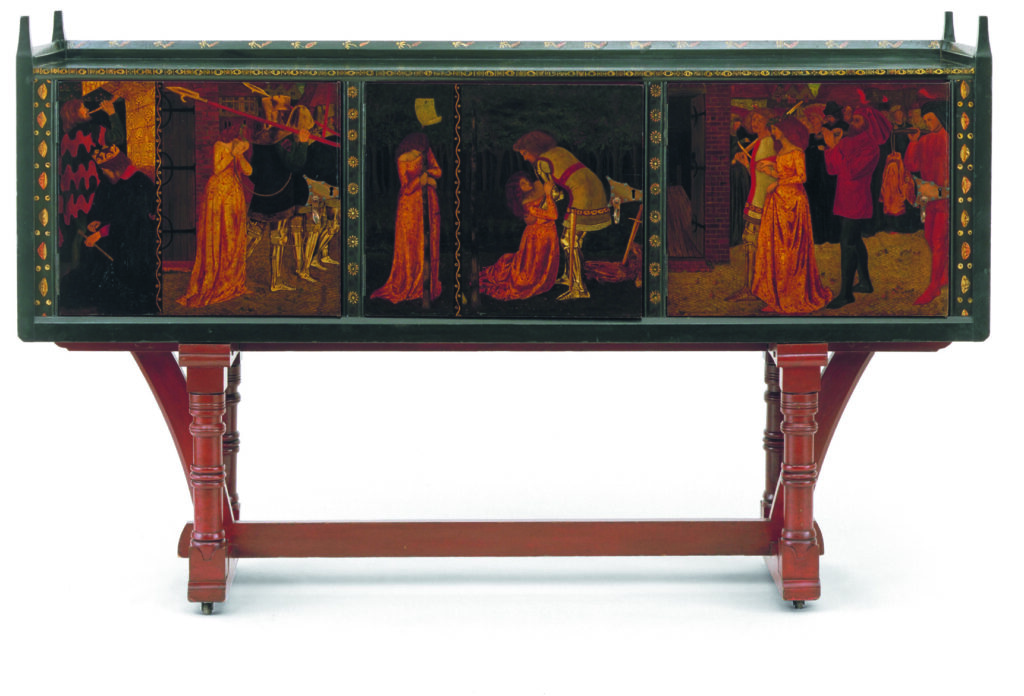
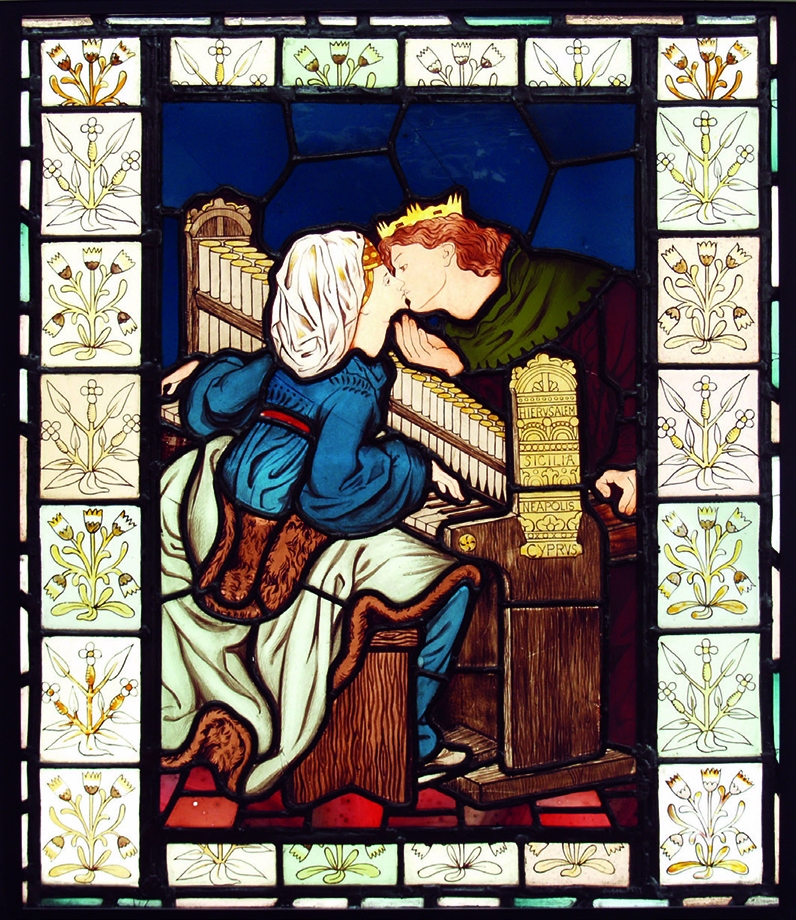

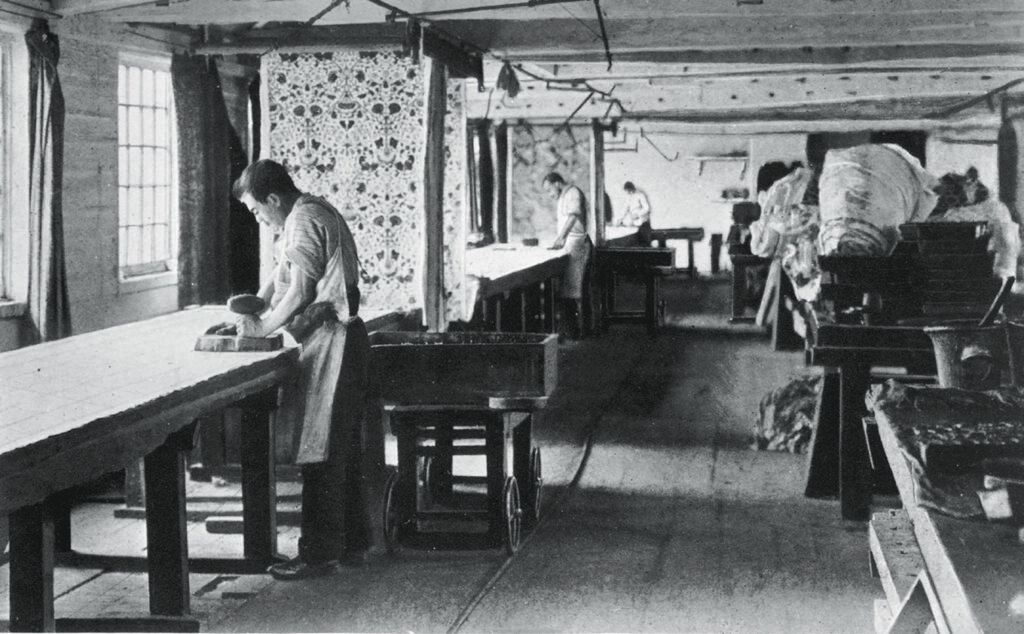
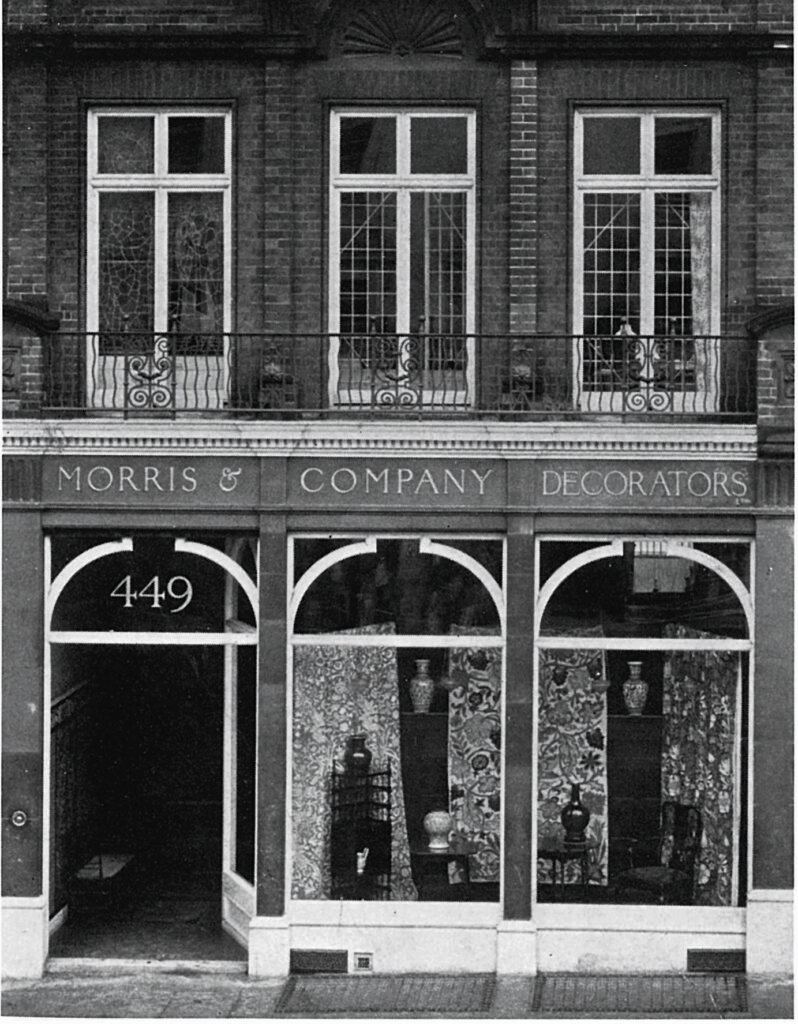
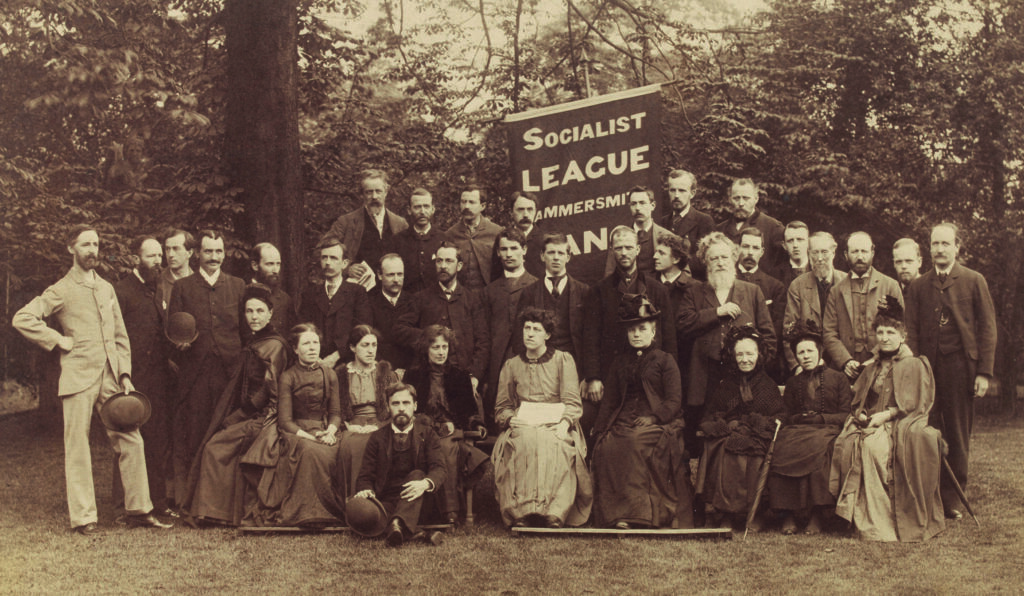
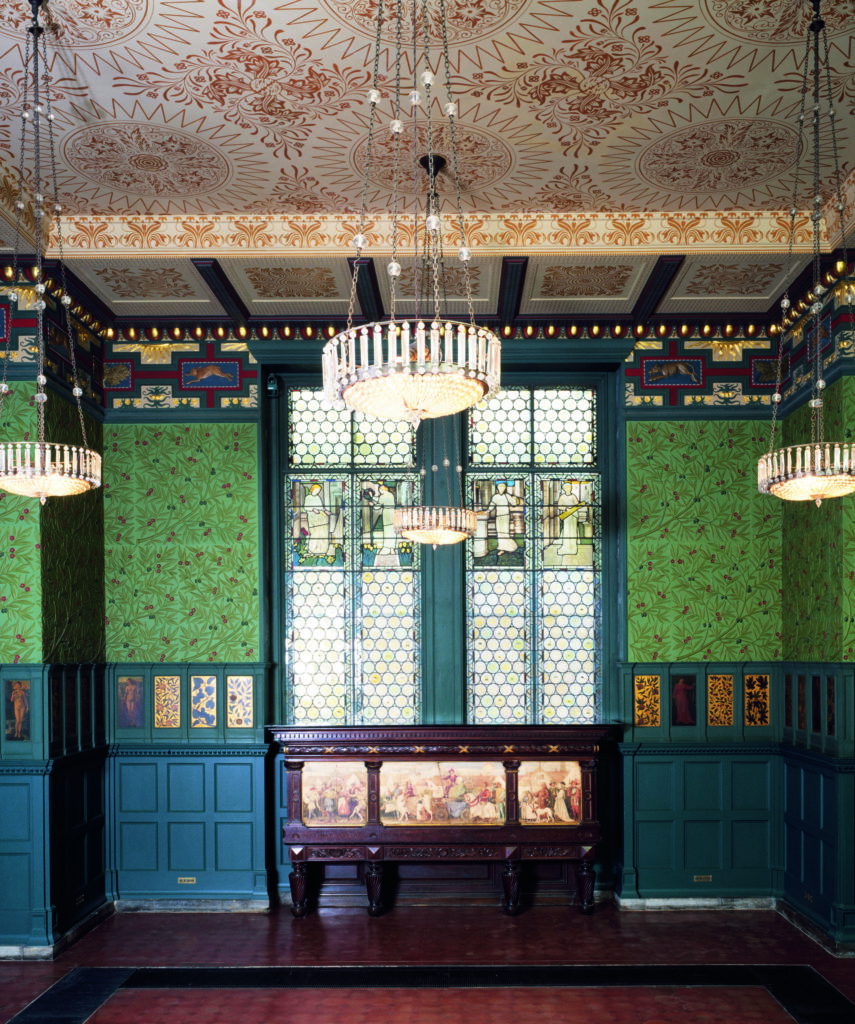

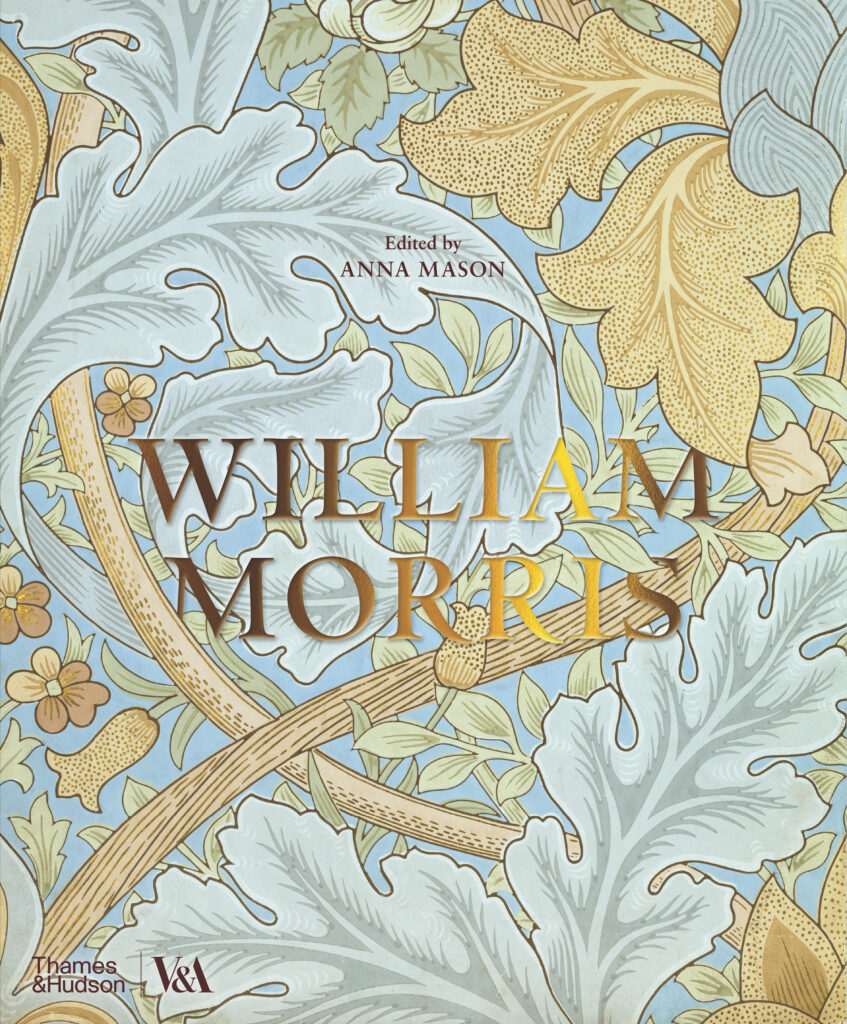

A wonderful write-up about William Morris, one of my favorites.
Much praise is deserved by the work of the William Morris Society/UK for their decades of work to preserve the memory of his ideas and creations. Since the 1930’s, they have published essays, a journal
,held classes and meetings, sponsored tours,with the goal of making Morris’s ideas relevant and inspiring.
o
r
J journal and
U
r
n
al